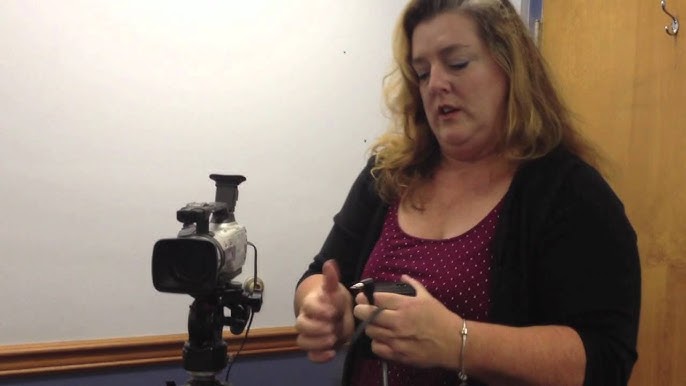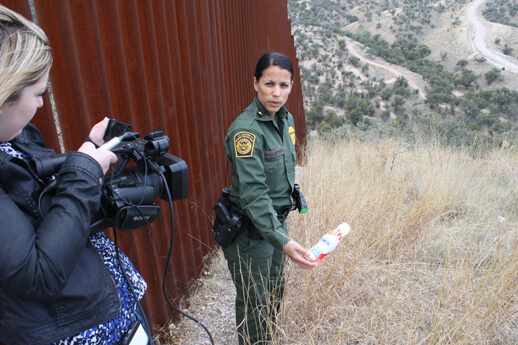Digging Into the Mechanisms of Legal Videography: Unveiling Its Operation in Shielding Genuine Aesthetic Statement for Judicial Procedures
In the world of judicial process, the duty of lawful videography stands as a foundation in preserving and providing aesthetic proof. As innovation continues to advancement, the systems behind legal videography have come to be progressively intricate, using an important layer of authenticity to statements captured on video clip.
Historic Development of Legal Videography
Analyzing the historic development of lawful videography discloses a considerable change in the capturing and discussion of visual evidence within the legal landscape. In the past, legal procedures greatly relied on written records and pictures to document occasions and supply evidence. With the advent of video modern technology, the lawful industry observed a paradigm change in just how aesthetic statement was recorded and offered.
The development of lawful videography can be traced back to the late 20th century when improvements in video recording tools made it much more obtainable for usage in court rooms. This technical advancement not only enhanced the precision and reliability of aesthetic evidence however also reinvented the means instances existed to juries and courts (Legal Videography). Lawyers started to acknowledge the persuasive power of video clip recordings in sharing feelings, nuances, and non-verbal signs that written records or pictures alone can not capture successfully

Technology Developments in Video Paperwork
What crucial technical advancements have changed video documentation in the lawful area? The lawful field has actually seen considerable improvements in video clip documentation innovation that have actually boosted the authenticity and dependability of visual evidence in judicial proceedings. One of the crucial innovations is high-def (HD) video clip recording abilities, which supply crystal-clear photos and sharp details that are vital for properly catching statements, faces, and other visual signs. In addition, the integration of timestamping and metadata attributes in video clip documentation tools has actually made it possible for precise paperwork of when and where the video was videotaped, making sure the honesty of the proof offered in court.
Moreover, improvements in video security and watermarking modern technologies have bolstered the security and tamper-proof nature of video clip proof, guarding it against unauthorized modifications or meddling. In addition, the development of cloud storage options and remote access capabilities has streamlined the storage space, access, and sharing of video evidence, promoting seamless partnership amongst attorneys and ensuring efficient accessibility to critical aesthetic statements when required. These technical innovations in video documents have actually certainly transformed the legal area, boosting the accuracy, reputation, and admissibility of aesthetic evidence in judicial proceedings.
Role of Legal Videographers in Courtroom Setups
The evolution of video documents modern technology in the lawful area has necessitated an important duty for lawful videographers in court settings, ensuring the honesty and reliability of visual testaments provided during judicial proceedings. Legal videographers play a fundamental duty in catching and preserving precise visual proof that can be essential in litigation. Their responsibility reaches establishing up devices, tape-recording process, and creating high-grade video clips that precisely reflect the occasions in the courtroom.
In court room setups, legal videographers have to adhere to rigorous guidelines and criteria to preserve the credibility of the visual document. They have to possess an eager eye for detail and a thorough understanding of lawful procedures to ensure that the video they capture is a real depiction of the occasions that transpired. Furthermore, lawful videographers typically work carefully with lawful teams to make certain that the video proof lines up with the instance's requirements and can be properly presented in court to support the lawful debates being made. In general, the function of lawful videographers in court setups is important in promoting the principles of justice and guaranteeing the transparency of lawful process.

Ensuring Admissibility and Stability of Video Clip Evidence
To preserve the credibility of visual proof presented in legal process, ensuring the admissibility and stability of video proof is a critical obligation for lawful videographers. Admissibility describes the acceptance of evidence by the court, and for video proof to be acceptable, it should fulfill certain criteria. Legal videographers play a vital duty in making sure that the video clips they capture abide by the regulations of proof, such as credibility, dependability, and importance.
Stability of video evidence entails keeping the originality and accuracy of the footage from the moment it is tape-recorded up until it is provided in court. This includes securely storing the video data, recording the chain of safekeeping, and stopping any kind of meddling or changes. Lawful videographers need to stick to stringent methods to ensure the stability of the video proof and protect against any challenges to its authenticity.
Future Trends in Legal Videography
Offered the boosting reliance on technology in legal process, lawful videographers are poised to embrace innovative developments shaping the future of aesthetic statement capture and presentation. Among the noticeable patterns on the horizon is the integration of digital reality (VIRTUAL REALITY) and boosted fact (AR) innovations into legal videography. These technologies have the potential to change exactly how aesthetic proof is presented in courtrooms, enabling discretionary to submerse themselves in the scene of the criminal offense or incident.
Additionally, the use of man-made intelligence (AI) formulas for video analysis is expected to simplify the process of assessing and examining large quantities of video footage. AI can aid in determining vital moments, abnormalities, and patterns within video clips, enhancing the effectiveness of lawful investigations.

Final Thought
In final thought, legal videography has actually played an important role in supplying genuine visual proof for judicial proceedings. click to read With technological improvements and the experience of legal videographers, the honesty and admissibility of video proof are ensured in courtroom settings. As lawful videography continues to progress, it will certainly be vital to promote requirements that keep the accuracy and dependability of visual statement for the future of legal procedures.
Examining the historical development of legal videography exposes a considerable improvement in the recording and presentation of aesthetic proof within the legal landscape.The development of video documentation innovation in the lawful field has demanded a vital duty for legal videographers in court settings, ensuring the stability and integrity of visual testimonies provided throughout judicial proceedings. Furthermore, legal videographers commonly function very closely with legal teams to make sure that the video clip proof straightens with the instance's demands and can be properly presented in court to my review here support the legal arguments being made.To maintain the reputation of aesthetic proof offered in lawful process, ensuring the admissibility and honesty of video proof is a crucial responsibility for legal videographers. As legal videography continues to advance, it will certainly be essential to support requirements that preserve the accuracy and reliability of aesthetic testimony for the future of legal proceedings.
Comments on “Why Legal Videography is Crucial for Accurate Legal Documents”